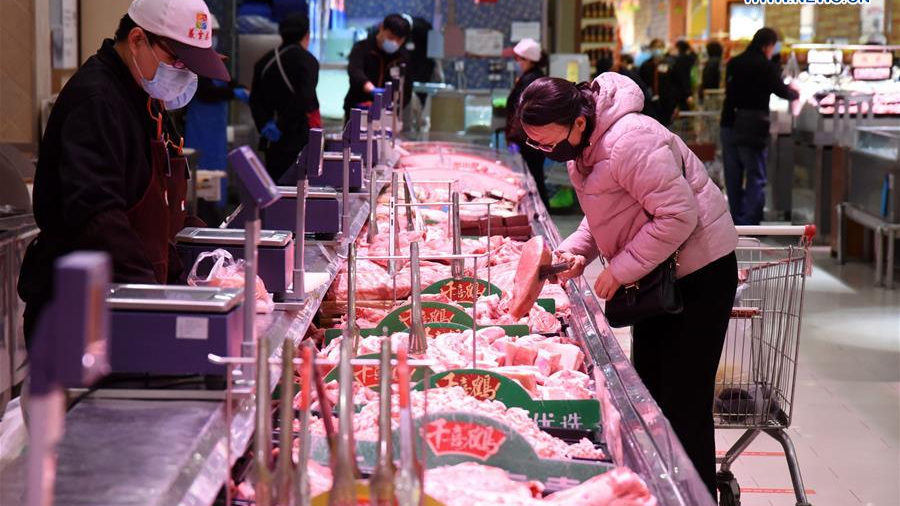The National Bureau of Statistics is scheduled to release the country's monthly consumer price index (CPI) and Producer Price Index (PPI) on May 12. Due to the coronavirus outbreak, China's March CPI grew 4.3 percent with food price index increasing 18.3 percent. Lockdowns, which have influenced logistics, have played a significant role in higher CPI.
On the other hand, China's March PPI declined by 1.5 percent year on year owing to the lockdown of cities. On April 8, after a two-and-a-half-month lockdown, Hubei Province lifted travel restrictions on Wuhan. Restoring its status and economic vitality symbolizes that China's fight against the coronavirus has achieved a certain level of success. China has gradually reopened its cities and economy, therefore, it is expected that China will achieve a better performance on its April CPI and PPI.
Although it's still too soon to tell when the U-turn point of China's economy will happen, some facts indicate a slow recovery in the second quarter.
According to data released by the Ministry of Agriculture in April, the price of pork and fresh vegetables fell slightly on a month-on-month basis, while the price growth rate of pork, fresh vegetables and fruits were lower than that of March on a year-on-year basis.
Moreover, the domestic epidemic was gradually under control, the logistics and transportation capacity recovered and the weather turned warm. There was no significant upward risk factor for food prices in the second quarter. The economic recession around the world, the oil price decline and the cities lockdown have great impact on tourism, accommodation, flights and other service sectors. Hence the non-food price index will also see a decrease in its growth rate. Considering all these factors, China's April CPI may fall to 3.5 to four percent.

A consumer(R) selects meat at a supermarket in Handan, north China's Hebei Province, April 10, 2020. (Photo: Xinhua)
As for PPI in April, according to the data from the National Bureau of Statistics, from the perspective of the prices of the main material of production, more than 60 percent of the products' prices dropped and less than 30 percent of the prices rose. At present, crude oil and bulk commodity prices are falling, the global demand is weakening and input prices are declining, China's April PPI will remain negative.
At least in the second quarter of 2020, China is still facing a tug of war between the resumption of domestic business and the contraction of overseas demand. Many high-frequency data such as blast furnace operation rate, steel production, coal consumption of six major power plants and nitrogen dioxide emissions still indicate that the year-on-year growth rate of production in April will be recorded negative. However, good news is China's exports rose unexpectedly by 8.2 percent in yuan terms for the month of April as factories restarted production and restaurants reopened following easing coronavirus restrictions.
China has entered the stage of normalized epidemic prevention. At the same time, monetary policy has been relaxed, active fiscal policy has been laid out, and local measures to expand domestic demand have been introduced.
If the epidemic control could be better in the United States and EU in the next couple of months, China's economy will show a "weak recovery" pattern with low inflation rate through the whole year.


